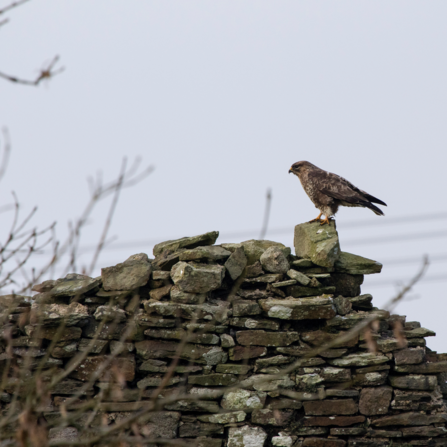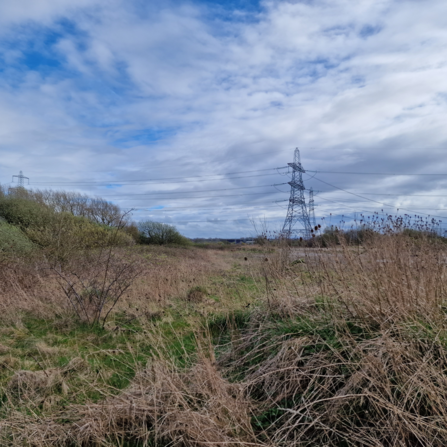The day before my visit to Heysham Nature Reserve, there had a been a bird ringing session and the results can be found on the excellent Heysham Observatory Blog.
The blog reported ringing for 21 greenfinch, nine blue tit, 24 chiffchaff, seven goldfinch, six goldcrest, six chaffinch, four robin, three great tit, three dunnock, two wren, two coal tit, two long-tailed tit and one great spotted woodpecker. We will now be able to follow the movements of these birds, to see if they spend all their time at Heysham or fly around to other habitats nearby.





